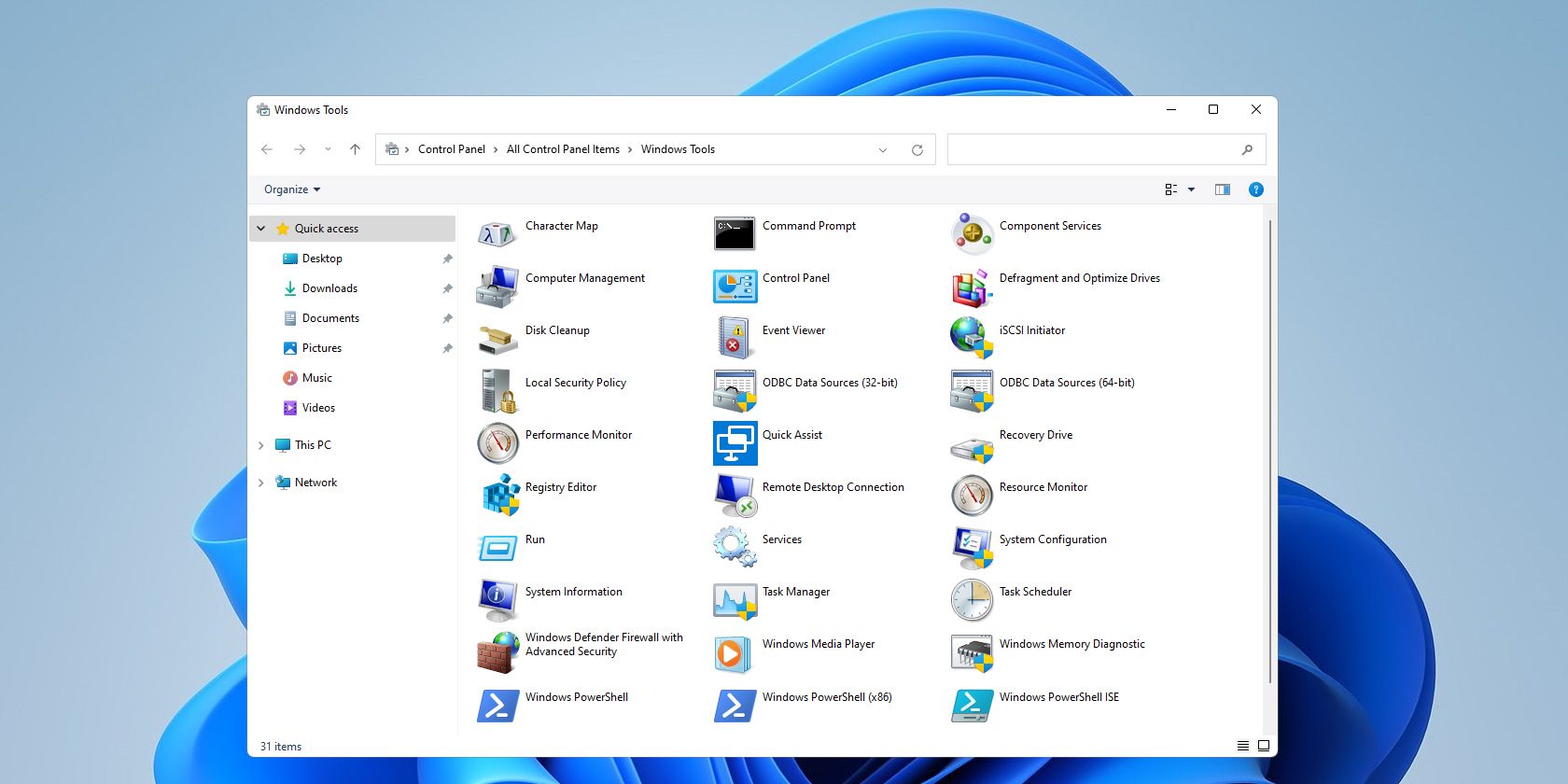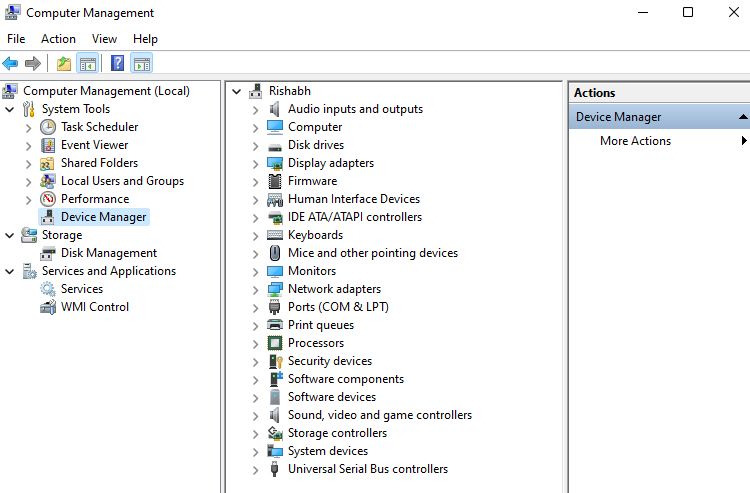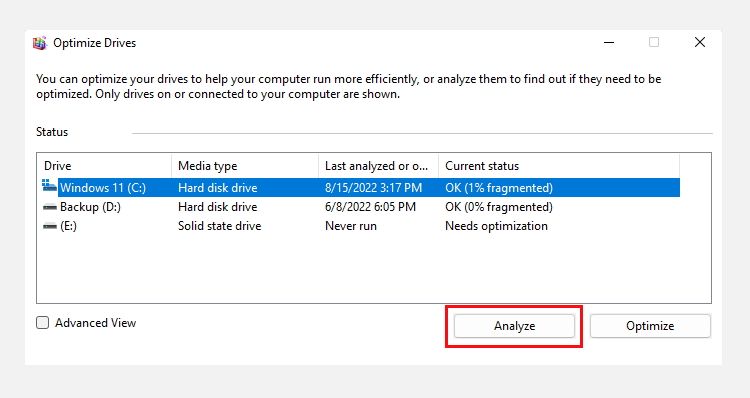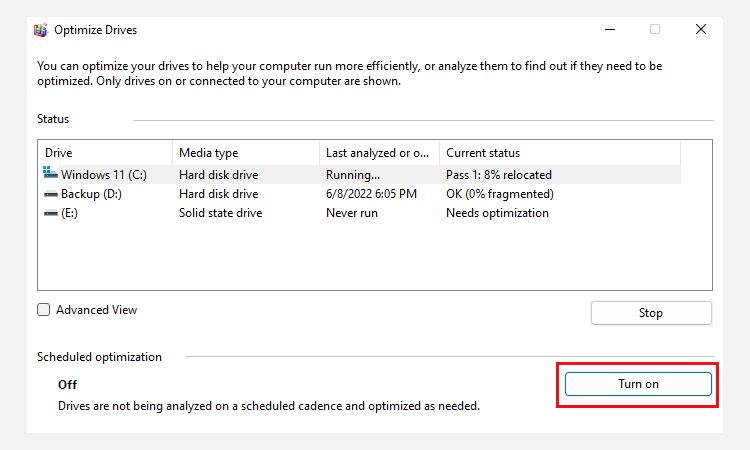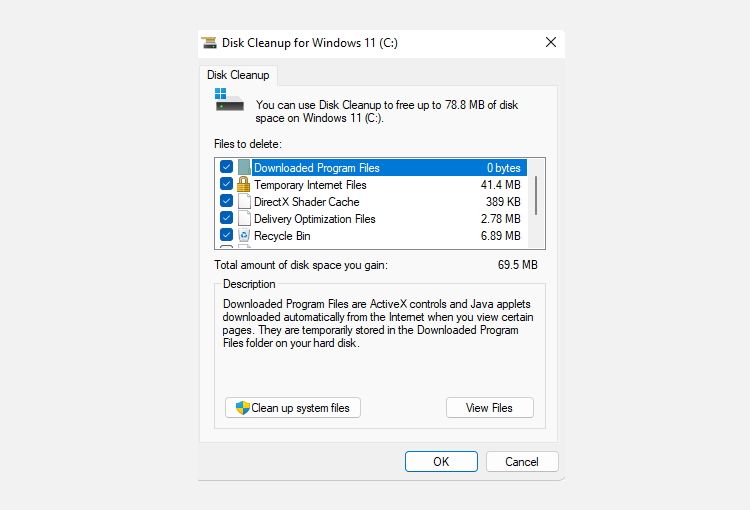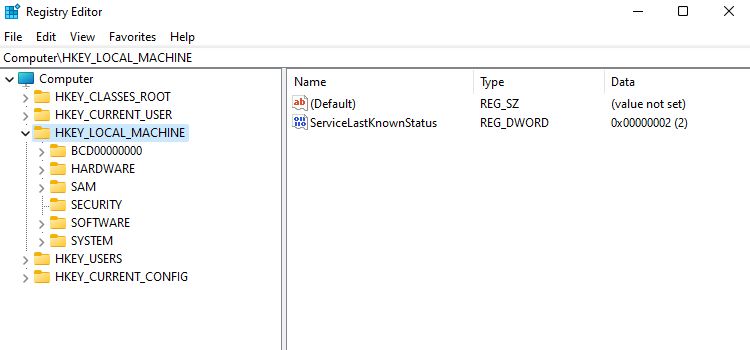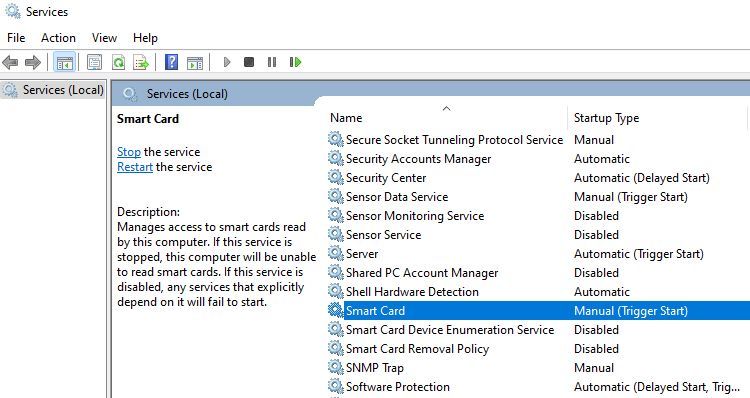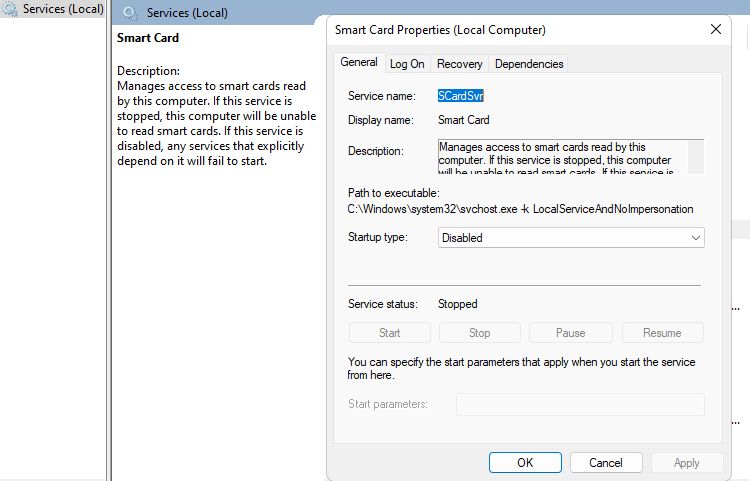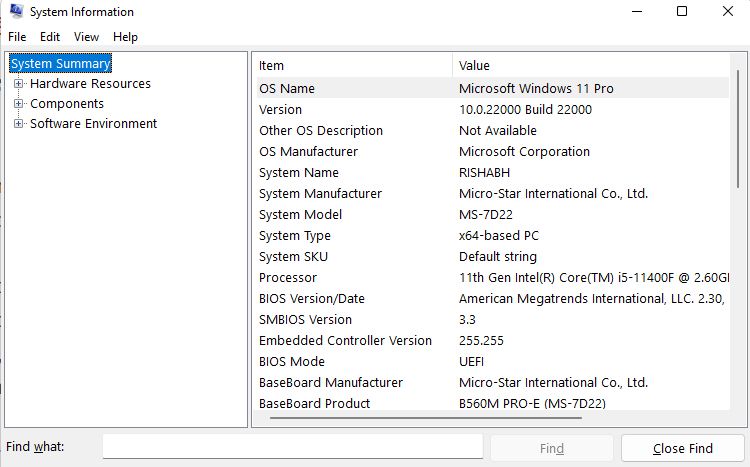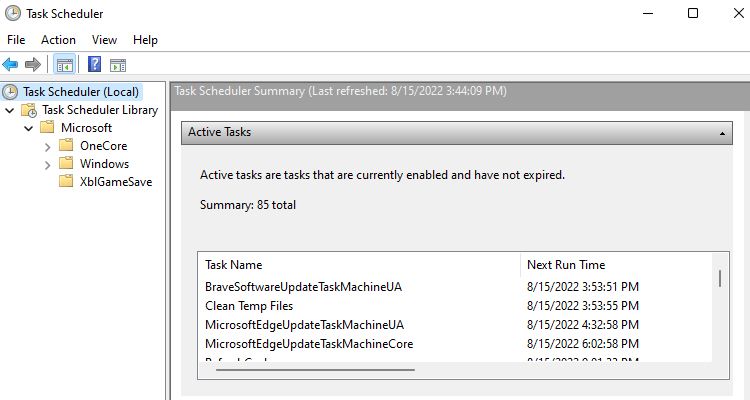The Windows operating system includes a variety of useful applications and tools to enhance your experience. The Windows Administration Tools, or Windows Tools, is one such hidden set of useful utilities that are a huge boon for Windows users.
Windows Tools let you access your PC's detailed specifications, schedule tasks, manage Windows services, and monitor logs and events, among other things. Here we've explained a few essential Windows Tools to make managing your Windows PC easier.
1. Computer Management
Computer Management is a set of administrative tools for managing your computer. There are many different ways to open Computer Management. The simplest one is using the quick access menu. To do so, you must right-click on the Windows icon on the taskbar. Then, click Computer Management to open it.
The Computer Management tool comprises a total of three sections. The first section lists all the administration tool categories; the second displays the information saved in each tool; and the third gives some handy functions such as Customize, View, Help, etc.
Computer Management's tools are organized into the following categories:
- System Tools: This section covers all essential system tools, such as Task Scheduler, Event Viewer, and Device Manager.
- Storage: In the Storage section, you can manage your computer's linked drives. You can perform actions such as formatting drives and deleting or shrinking volumes.
- Services and Applications: This area is restricted to advanced users and contains tools such as Services and Windows Management Instructions (WMI).
Computer Management covers the most important tools, so you don't need to access them separately. Keep reading as we've explained some of the commonly used tools in this article.
2. Defragment and Optimize Drives
Have you ever experienced slow file transfers and Windows apps, or is your computer taking too long to start up? If that's the case, a fragmented hard drive may be the main culprit.
Windows drives need to be optimized timely to improve their lifespan. You can do this by using the Defragment tool in Windows.
Here's how to optimize all the connected drives using the Defragment tool:
- Open Windows Search with Win + S and type Defragment in the search bar.
- Press the Enter key and select the best match.
-
Select the drive you want to optimize and click Analyze.
- Click Optimize now. The defragmentation process will take a few minutes. Till then, you can minimize the window and continue working.
-
You can also click Turn on next to Scheduled Optimization to run the optimization on a specific schedule.
- Once done, you can exit the window by clicking Close. Don't forget to restart your computer.
We recommend only using this tool to optimize only hard disk drives and avoid defragging an SSD (solid-state drive).
3. Disk Cleanup
Disk Cleanup is a free Windows utility to deep clean your Windows computer. Disk Cleanup can help you remove temporary files, thumbnails, Windows cache, unused language files, and more.
You must first open this tool by typing Disk Cleanup into Windows search and selecting the best match. Then, select the drive you want to clean up. Tick or select all the files you want to delete and click OK to begin the cleanup process.
The good thing is that it also describes the files you've selected and what will happen once you delete them. For a detailed guide on Disk Cleanup, check out how to clean your Windows PC easily.
4. Registry Editor
The Registry Editor is a handy way to get more from Windows. From tweaking default animations to customizing Windows appearance, you can do almost everything with it.
However, as fun as it may sound to tweak your system to your liking through the registry, the entries within are very important for your system's stability. As such, you shouldn't blindly change settings within the registry without following a guide, such as our useful registry hacks for Windows 11.
Follow these steps to open the Registry Editor in Windows:
- Press the Win + R keys to open the Run box.
- Type regedit and click OK.
- That's it. Now, you can tweak the registries by expanding the HKEY_LOCAL_MACHINE folder.
Modifying the contents of Registry Editor incorrectly can freeze or corrupt your Windows completely. Thus, we advise you to entertain extreme caution and don't forget to enable automatic backups for your registry.
5. Services
Windows Services are essential tasks that start automatically to improve your overall Windows experience. Windows services run in the background, from when your computer starts up until you shut it down.
Unfortunately, Windows enables some optional services by default that you may not need. So, disabling such services can help boost performance, especially if you own a laptop.
However, if you go into your Services panel and start knocking out processes left and right, you can do some serious damage to your computer. As such, check out our guide on Windows services that are safe to disable so you know which ones you can turn off.
Here's how to disable a service:
- Press Win + R to open the Run popup and type services.msc.
- Click OK to open the Services app.
-
Double-click a service that you want to disable. In our case, we're taking the Smart Card service as an example.
-
On the next screen, you must change or toggle the Startup type to Disabled.
- Click OK at the bottom to apply the changes.
- Reboot your computer to make sure the changes are applied effectively.
If you want to know more about the usage of the Services app, check out how to manage Windows Services manually for assistance.
6. System Information
If you're facing trouble using a third-party application or games, the chances are that your PC doesn't meet the minimum requirements to run them. If you are unsure about your PC's specifications, Windows includes a handy tool for this case.
Be it information about your PC's processor, drives, or display; the System Information tool can display any information related to your PC. This tool includes details about your PC's hardware, system drivers, and input and output devices, to name a few. To access it, you just have to search for System Information in the Windows search bar.
If you cannot find any particular specification, you can use the search bar at the bottom, type in the specification, and click Find to run the search. The tool will then highlight the results on the screen.
7. Task Scheduler
Do you want your computer to shut down at a specific time, or do you want to send an automated message in Windows? Windows includes a powerful tool named Task Scheduler for all such scheduling needs.
Opening Task Scheduler is pretty simple on Windows. Open Windows Search with Win + S and search for Task Scheduler. Then, click the most suitable match to open the Task Scheduler.
Now that you know how to open Task Scheduler check out how you can run programs at a scheduled time using Task Scheduler. Not only that, but you can also automatically shut down your Windows PC using the same tool.
8. Windows Memory Diagnostic
Memory-related issues are pretty rare in the Windows operating system. However, if you frequently tweak Windows settings and system files without proper knowledge, you're paving the way for frequent memory issues.
Memory issues are related to errors that occur due to faults or corruption in your system's RAM. Even a small memory error can cause your computer to freeze and lose data.
Thankfully, Windows includes a troubleshooting tool called Windows Memory Diagnostic for tracing and fixing memory-based problems. This tool identifies all the memory corruptions by running detailed memory tests. If you're facing RAM issues, check out how to resolve Windows memory problems using the Memory Diagnostic tool.
Manage Windows Easily With Administration Tools
If you just installed a new version of Windows or are having trouble with the one you already have, such administration tools can help you fix the problem quickly. So, you can experiment with them yourself, but make sure not to forget to create a backup before you proceed.
Besides that, there's nothing wrong with trying out other essential tools you must know about, such as Windows troubleshooters, System Restore, and Command Prompt, to name a few.

